Anvils for the Red Army. Tests of German captured tanks
Feline at gunpoint
It is noteworthy that by the beginning of the Great Patriotic War in the Soviet army there was no independent trophy service. Only in August 1941 did a single trophy body appear, led by the evacuation department of the headquarters of the rear of the Red Army, which, in turn, was formed on the basis of the economic department of the General Staff. At the fronts, evacuation departments worked in the rear departments and commissioners for the collection of trophies. And so on in the army organizational structure up to the regiment, where there were separate commissioners for captured property, whose duties also included the collection and recording of scrap metal. For the first time, the enemy left the Red Army rich trophies during the retreat near Moscow, when from November 16 to December 10, 1941, 1434 tanks and many other less valuable equipment were abandoned on the battlefields.
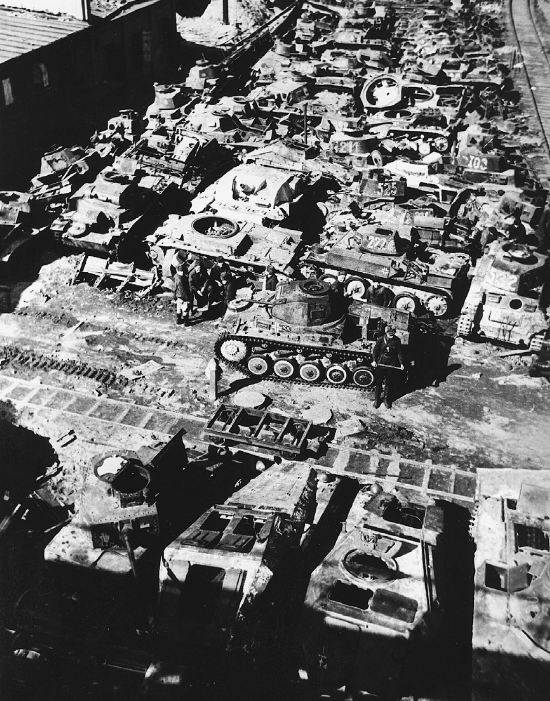
An important part of the work of the captured teams was the selection of the most valuable and previously unknown samples of Hitler’s weapons, which were then necessarily studied in the rear units. In an application to armored vehicles, the Research and Testing Armored Testing Ground No. 108 (NIABT) in Kubinka, Moscow Region, was engaged in the study and testing. With the outbreak of hostilities near the capital, the training ground was relocated to Kazan - the decision of the State Defense Committee on this subject dates from 14.10.1941/325/228. In addition to the evacuation, the NIABT staff was seriously reduced - from 1942 to 25 people, while the independent armor and weapons department was liquidated. This was caused, among other things, by the weak material base of the farm of the Kazan Agricultural Institute, where the Polygon was now located. There was no artillery range, which actually put an end to tests of armor and weapons, including trophy ones. Chronically lacked residential and laboratory facilities. Therefore, as soon as possible, it was necessary to either radically improve the conditions at the new NIABT-based location, or return them back to Kubinka. We stopped at the last and at the end of January XNUMX, XNUMX people were sent from Kazan to restore the material base. Now the unit in Kubinka is officially called the NIABT branch.
Among the entire range of the Landfill’s works, one can single out theoretical and practical studies of German tanks LT vz. 38, T-III, Sturmgeschütz III and T-IV, as a result of which a rank 3 military engineer I. Radichuk issued memos to the gunner indicating where and how to shoot. Subsequently, the Polygon employees issued at least ten reference books and memos on the destruction of various German armored vehicles. It must be said that all this work went in parallel with testing domestic equipment and developing new methods of fighting German tanks. So, at the very beginning of the war in July 1941, the NIABT proposed the construction of a mortar for throwing RPG-40 grenades. The mortar, adapted for use with a 1891 model rifle, allowed throwing grenades at 60-70 meters. This novelty was developed by artillery engineer B. Ivanov, who, after a couple of months, conducted a series of tests of several more anti-tank weapons, namely, bundles of five RGD-33; devices for undermining the tank bottom with a bag pack, worn by a dog; new hand anti-tank grenades. Based on the test results, accessible illustrated albums and memos were released.
The first among the truly interesting trophy exhibits in the Kubinka was the Tiger tank. Tank historian Yuri Pasholok in his Heavy Trophy article claims that these were vehicles with tower numbers 100 and 121 from the 502nd heavy tank battalion that were captured in January 1943 near Leningrad. NIABT testers received tanks only by April. It was decided to shoot one tank in the period from April 25 to April 30 for research purposes from various calibers, and the second - to use to study the power of the gun. Describe history we won’t be with the second machine, as this is beyond the scope of this material. A target from the “heavy feline” family began to be shot from a T-70 light, and immediately with sub-caliber shells. They managed to break through the 45-K 20-mm cannon only in the 80-mm side from a distance of 200 meters. The 45-mm anti-tank gun of the 1942 model was able to penetrate the top sheet of the side with only 350 meters, and only with a sub-caliber. The board did not break through the usual blank up to 100 meters. Naturally, the testers in the order of calibres for shelling the tank walked upward, and the next steel 57-mm ZIS-2 paired with the British 6-pound anti-tank gun QF 6-pounder 7 cwt. The guns pierced the side from 800-1000 meters, and the domestic gun did not hit the forehead even from 500 meters. The testers did not come closer, obviously, reasonably believing that at such a distance from the tank, the calculation of the guns had very little chance of survival. Yuri Pasholok suggests that at a distance of 300 meters ZIS-2 still had to break through the Tiger’s forehead (of course, given a successful set of circumstances). In favor of this version speak the results of similar British tests, when a 6-pound gun hit the tank in just such circumstances. Further on the rank is the Shtatov 75 mm M3 gun of the M4A2 tank, which, depending on the projectile, hit the Tiger aboard at a range of 400 to 650 meters. They didn’t shoot the tank in the forehead; apparently, they decided not to waste shells in vain.
But with the 76-mm cannon F-34 there was a failure - from no angle did not manage to penetrate the armor of the German tank from closer than 200 meters. The 3-mm 76-K anti-aircraft gun was expectedly more effective, but did not surpass the previously tested American gun in armor penetration. We can say that the test of the 85-mm 52-K gun was a landmark - the shell hit the side of the tank from 1000 meters. It is this gun, as you know, that will later be installed on medium and heavy domestic tanks. As the caliber of the fired guns increased, the experimental Tiger, of course, was getting worse. And this despite the fact that out of 107-mm M-60 guns, 122-mm M-30 howitzers and 152-mm ML-20 howitzers, testers could not hit the target at all! But the 122-mm A-19 gun hit, and the first shell went through the frontal sheet, tearing a piece of armor from the stern. The second struck the forehead of the tower and tore it off the shoulder strap. After that, the A-19 received registration as a tank and self-propelled guns.
The hard fate of the Nazi tank
The next challenge for NIABT specialists was the new German tank Panther. In the summer of 1943, they organized a business trip of the Polygon personnel to the Kursk region to study the crippled “cats” during defensive battles on the Voronezh Front. For eight days, at the end of July 1943, 31 tanks were examined, which fell on the front-line breakthrough by the Nazis along the Belgorod-Oboyan highway 30 wide and 35 km deep. The uniqueness of the prepared report on the results of the work is that for the first time statistics were obtained that allow us to speak fairly confidently about the striking nature and nature of the Panther defense. So, out of 31 tanks, 22 were hit by artillery, only 3 tanks flew into land mines, an air bomb successfully hit one tank, one Panther got bogged down in the trench, 4 tanks simply broke. Failure for technical reasons amounted to a rather large 13% - this is worth remembering when the conversation about the unsatisfactory quality of domestic T-34s is once again started. The Germans at the time of launching the Panther production did not conduct military operations on their own territory, they did not have a catastrophe with the evacuation of tank factories, and still, 13% of the tanks were killed on a specific section of the front due to technical and constructive marriage. But back to those 22 tanks that the Germans lost due to the fire of Soviet artillery. The most unpleasant thing that NIABT experts saw was 10 hits in the frontal sheet, of which not one was through - only rebounds. The Germans flew 16 shells into the tower, and everyone was struck through the armor. Of particular note are 32 fatal hits on the sides, stern and tank gun for the Panthers - obviously, Soviet fighters with tanks successfully adapted to the new Hitler machine and hit the “cat” with flanking fire.
Naturally, the NIABT engineers could not help but test the captured tank for resistance to shells in an improvised training ground. The victim was the Panther with flight number 441 - obviously the most “alive” among those remaining. He worked on the T-34-76 tank from a distance of 100 meters. The upper frontal part (20 shells) and the lower (10 shots) were fired. All shells from the top sheet of frontal armor ricocheted, and in the bottom there was only one hole. Therefore, the 76-mm cannon (as well as the 45-mm sub-caliber projectile) was now recommended to shoot exclusively on the Panther.
The test report has some interesting points. First of all, the Panther is rated as a more powerful tank than the T-34, as well as the KV. The Germans had an advantage in frontal armor and artillery weapons. Testers noted that the driver’s and the radio operator’s inspection openings on the Hitler’s tank were closed flush with the front sheet, so the shells ricocheted from them. All this seriously contrasted with the weakened hatch of the driver’s hatch and the mask of the machine gun of the T-34 windshield. Further in the report were materials on the specifics of using Panther tanks. The Germans are trying to use their tanks in battle, if possible, near paved roads, as well as in conjunction with an escort from T-III and T-IV. Fire at tanks and other targets is carried out from long distances, trying to prevent close contact with Soviet armored vehicles. They attack in a straightforward manner, realizing the strength of the frontal armor and the weakness of the sides, try not to maneuver once again. In defense, they act from ambushes, and when moving away they back out, protecting weak spots from enemy fire. Each tank has a special charge with a detonator, which is ignited through the Bikford cord and is intended to undermine the emergency Panther.
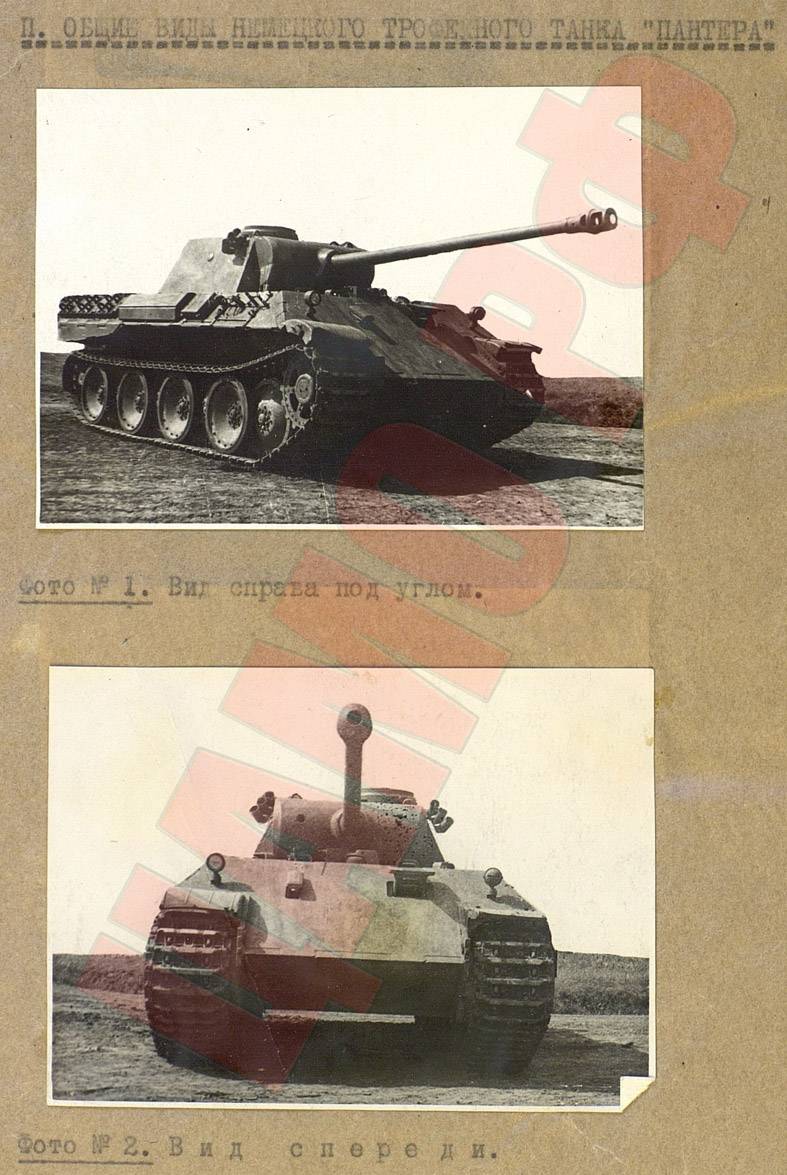
In early August 1943, a functioning Panther hit the Cuban already for full-fledged tests, including running ones. The study of armor and its shelling only confirmed the correctness of the conclusions on the Kursk Bulge - the Germans seriously differentiated the reservation, weakening the sides. Still, in the German ranking table, it was a medium tank, and its invulnerability should have been slightly lower than that of the older Tiger. As in the case of the heavy Tiger, the T-70 was the first to shoot the Panther. Here, his 45-mm gun was able to hit the vertical armor of the side near the rinks from 500 meters, and the inclined one kept a blow even from 70-80 meters. F-34 76 mm caliber hit the side from 1 kilometer, and its forehead was not fired at - there was enough experience of field shooting on the Voronezh Front. The first who decided to try the Panther’s forehead on a tooth was the 85-mm D-85 gun, and nothing good came of this venture. The inclined armor plates, making the shells ricochet, played a role. Now we are thinking about replacing the 85 mm gun on heavy tanks and self-propelled guns. Further tests were more like beating a Hitler machine. The 122-mm shell confidently pierced the Panther in the forehead, and a shot through the side pierced the tank through. When they hit a 152-mm shell from an ML-20 howitzer cannon, a bounce on the front sheet occurred, leaving an impressive gap that did not give the crew any chance of survival.
Naturally, the Hitlerite “menagerie” did not end there. In the history of NIABT from Kubinka there were still resonant tests of self-propelled guns and several heavy tanks.
To be continued ...
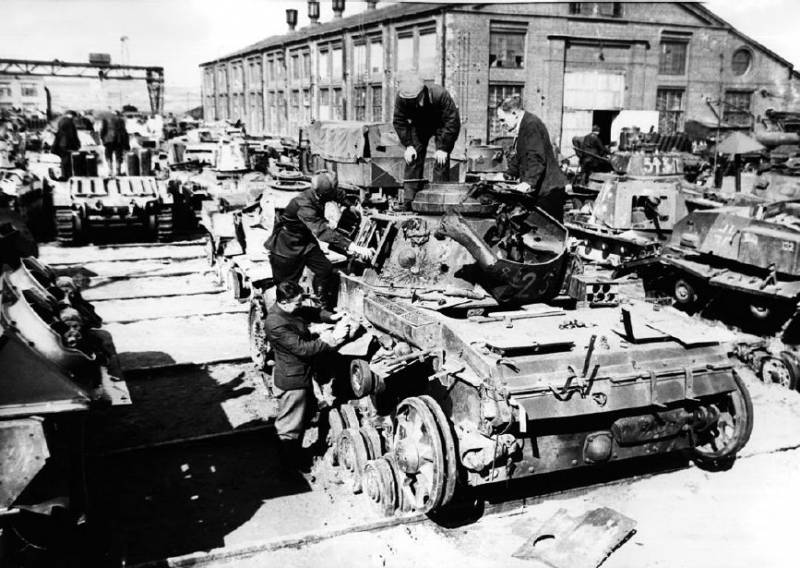
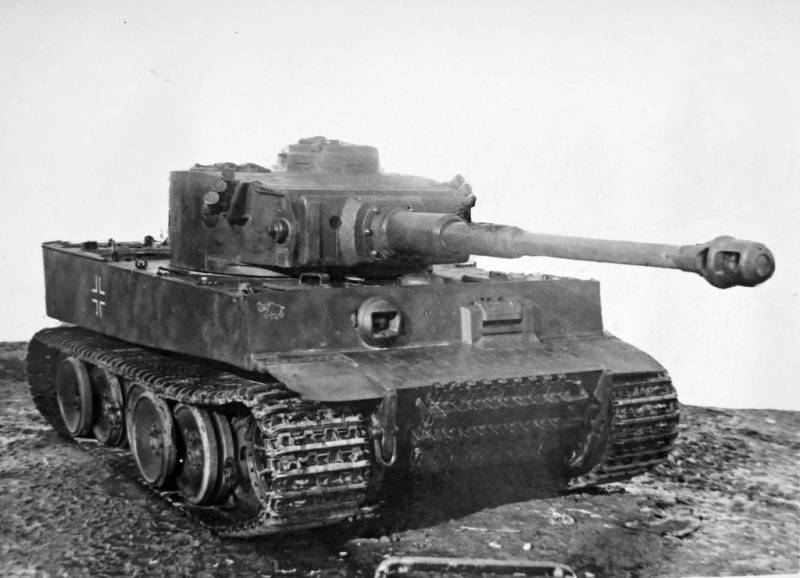
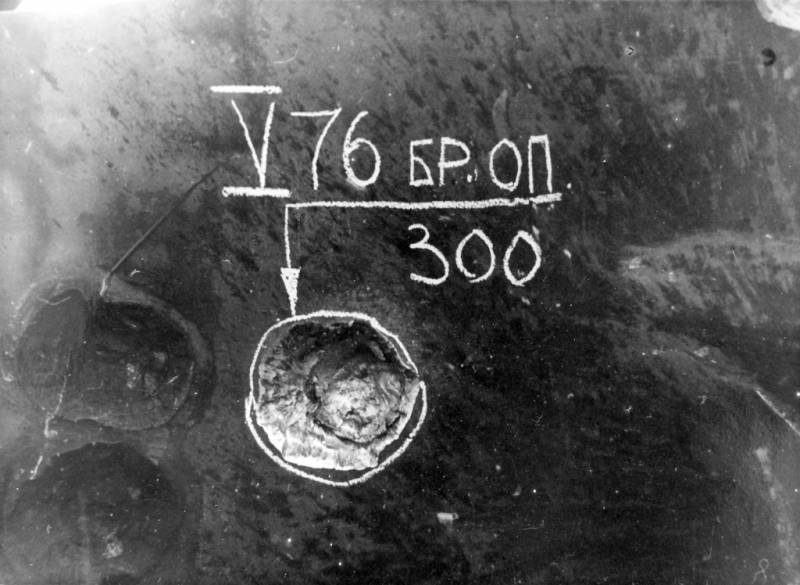
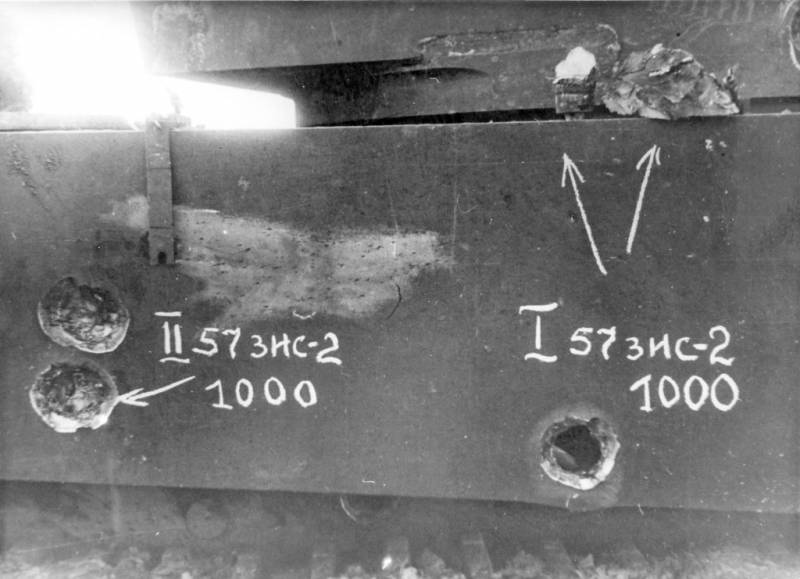
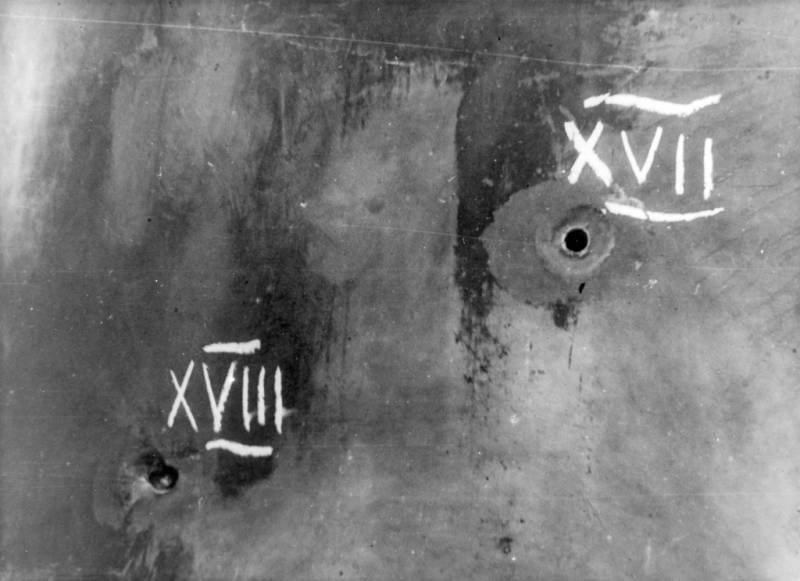
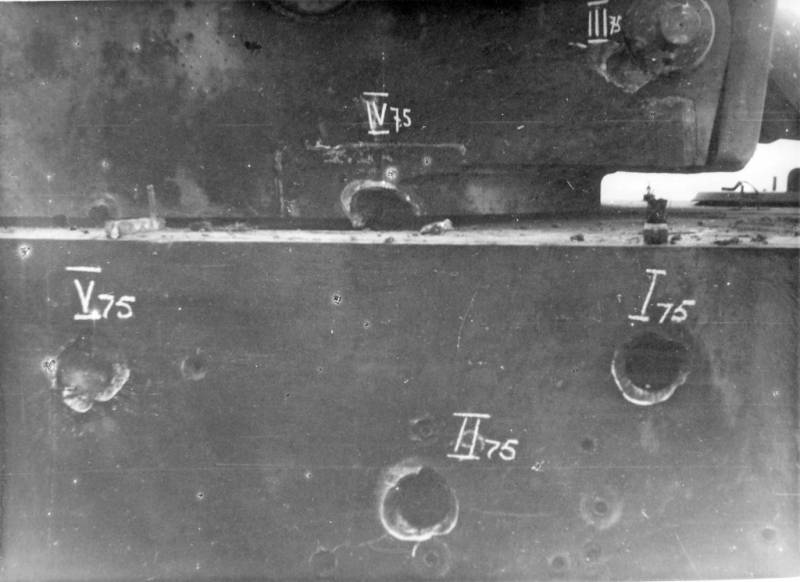
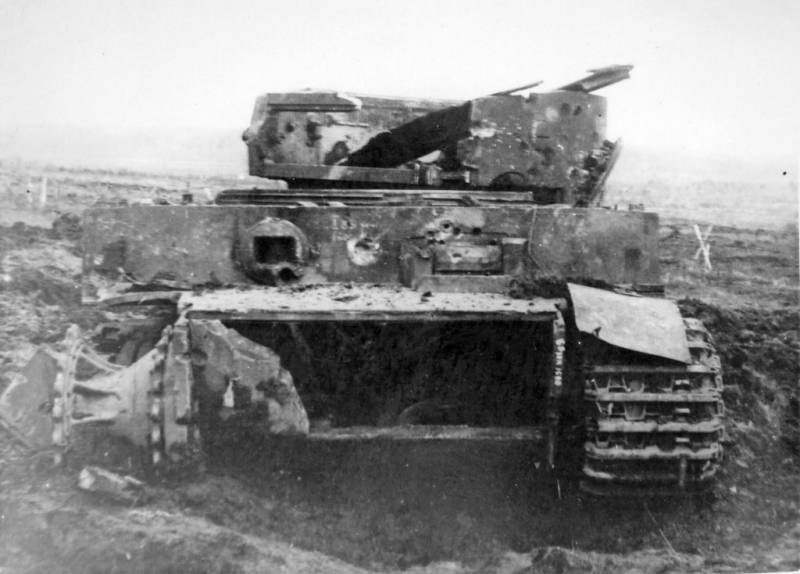
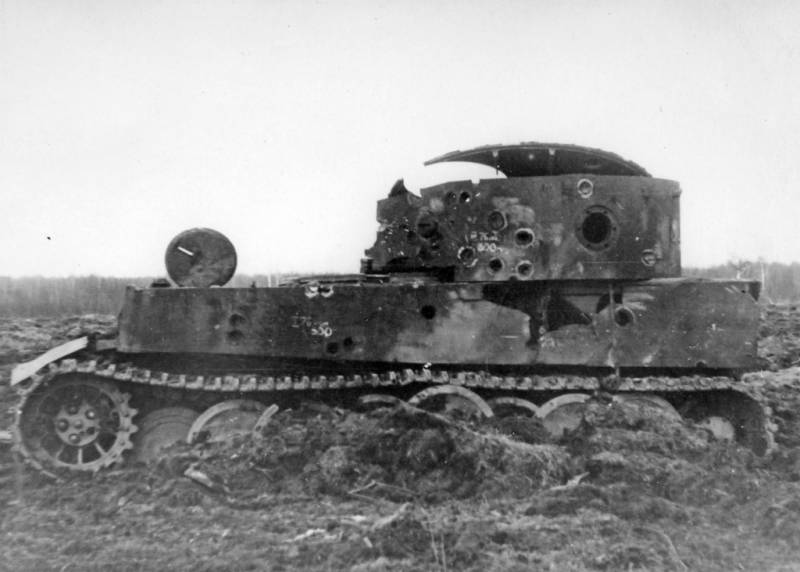
Information